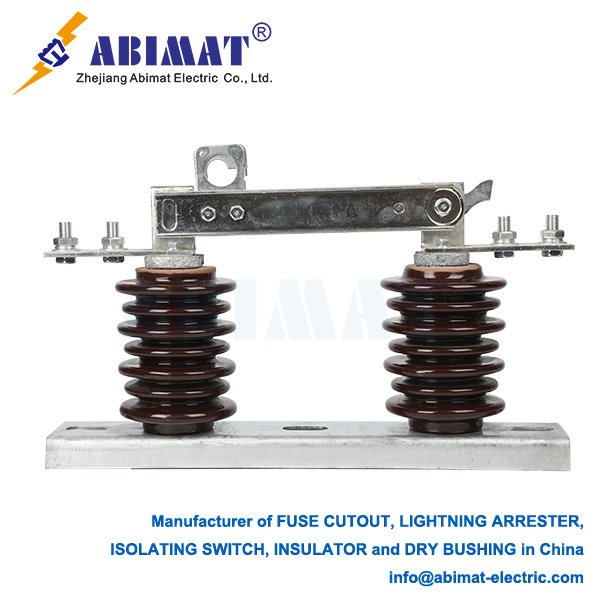Pole-Mounted Disconnect Switches: Essential Components for Distribution Safety and Control
A pole-mounted disconnect switch is a mechanical switch. We install it on power distribution poles. Its main job is to keep electrical circuits safely isolated. It does this by making a visible air gap between its contacts. This gap lets you know the circuit is separated—so you can do maintenance, fix faults, or change how the circuit works. These switches are vital—they make overhead distribution networks safer, more flexible, and more reliable.
Core Functions and Types
These switches work in different ways, depending on their design and what they can do.
One type is Disconnectors (Isolators). Their main job is safety isolation. You can only operate them when the circuit has no power—they can’t stop load current. They give a visible break, so workers can safely work on that part of the line.
Another type is Load Break Switches. These can turn on and off rated load currents when things are working normally. People often use them to split feeders into sections. This way, they can isolate the part of the feeder with a fault.
The third type is Circuit Breakers. These are more advanced protective devices. They can stop both load current and fault (short-circuit) currents. They have controllers and reclosing features. These let them automatically clear temporary faults.

Key Design and Construction Features
Pole-mounted switches are built to work outdoors, even in tough conditions. Here are the key parts of their design:
First, the Insulation Medium. The insulation inside the switch is important for how it works. Common types are air insulation, oil insulation, and SF6 gas insulation. SF6 insulation is often used in imported models. It seals well and barely needs maintenance—because the inside insulation is protected from the outside environment.
Then, the Operating Mechanism. This is the part that opens and closes the switch. It comes in different kinds. One kind is spring-operated mechanisms. These are common—you can operate them with electricity or by hand. Another kind is permanent magnet actuators. These use magnetic force to stay in place. They have few moving parts and seal well. But they might not have a manual override. That’s a problem if the power goes out.
Last, the Construction. Most are three-pole units—they’re for three-phase systems. They’re designed to be operated by hand or with a motor.
Critical Technical Parameters
When you pick a switch, you need to match its ratings to the system. The essential parameters are:
Rated Voltage is one. It’s the highest system voltage the switch can handle normally. Examples are 12kV, 24kV, 36kV.
Another is Rated Current. This is the maximum current the switch can carry non-stop. Examples are 400A, 630A.
Next is Short-Time Withstand Current. This is the biggest fault current the switch can handle for a short time—like 4 seconds—without getting damaged.
Last is Power Frequency and Lightning Impulse Withstand Voltage. These are insulation tests. They check if the switch’s insulation is strong enough against temporary high voltages and lightning surges.
Application and Selection in Distribution Networks
Which switch you choose depends on what role it will play in the network’s automation plan.
If you need localized automation, you use reclosers. These are circuit breakers with advanced controllers. They can automatically isolate faults and get power back on.
For centralized control systems, using a mix of switches is usually best. You can use load break switches as cheap sectionalizing switches on the main feeder. At the same time, circuit breakers can protect branch lines. This way, you balance cost and performance.
In summary, the abimat pole-mounted disconnect switch looks simple—but it’s really important for overhead distribution. It makes a clear, visible break in the electrical circuit. This makes it a key part of safe work practices and flexible operation. It helps keep the power grid reliable and strong.


